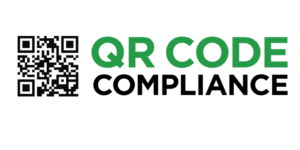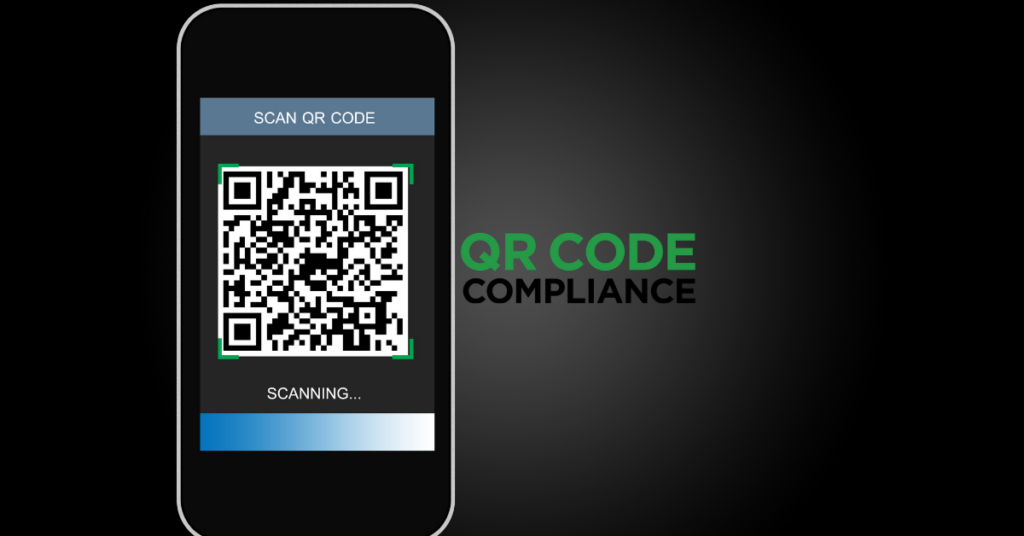One of the questions CBD consumers most frequently ask is, “What’s in it?” And if they aren’t asking it yet, they will be soon. New regulations across the country are requiring a CBD QR code on all consumable products, so customers can easily find out what’s inside the product.
That’s because, due to the increased publicity for all things CBD and hemp, there’s a lot of misinformation and even dangerous products out there.
Some studies have shown that there are other additives in their oils or supplements, and in some cases the amount of THC is beyond the legal limit of 0.3 percent.) Or in some cases, there’s less than the stated CBD.
The FDA isn’t a lot of help either. Although the federal agency takes effort to educate consumers and stop the sale of CBD products that make certain dangerous health claims like being able to cure cancer or Alzheimer’s disease, it doesn’t have a lot of power to evaluate or approve all the products on the market.
So it falls to individual businesses to show consumers all the details of their products or individual states to put up some degree of restrictions to ensure that it follows the safety requirements of that state.
One tool that satisfies both entities is a QR code, which is a printed item that, when scanned into an QR code reading app on a mobile device, opens up a web page that provides additional information.
Some bands, for instance, may put a QR code on a sticker or T-shirt, and invite fans to scan it and go to a page with current information or a new song or video. For consumer products, using a QR code can be a space-saving tool when you have a lot of information to share but not a lot of room on the label.
For instance, QR codes issued by CBD companies can give info about where the industrial hemp used was sourced. Plus it can also share lab data that shows where and when any testing of a particular batch took place. The percentage of THC is important for government regulators; people who don’t want any THC; and even for people who might be worried about failing a drug test when all they’ve had is hemp.
CBD QR codes are also a good place to include other ingredients, such as some CBD bath and beauty products that also include essential oils and other natural fragrances.
The FDA does require some of this info be included on the label, at least for dietary supplements, but having the extra space of a web page gives more room to read and understand.
Along with being a good idea to educate consumers, CBD QR code requirements are mandatory in a few states, including Indiana, Utah, Texas and Florida.
Indiana, for instance, made QR codes for CBD a requirement in 2018, in response to confusion whether products sold at health stores were CBD or marijuana. The state’s attorney general even said he initially believed any CBD products were illegal at a state and federal level.
Improved labeling was supposed to help crack down on companies that would try to sell higher-THC products and claim they are only CBD.
Companies that failed to include this information could face significant fines, and stores also threatened to remove any products that didn’t have these labels.
Even if your state doesn’t have these rules, offering a QR code would be a smart idea to educate your customers.






